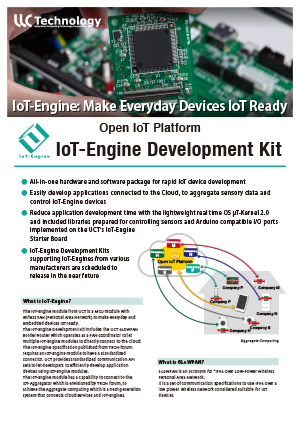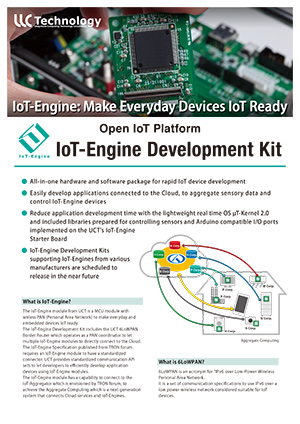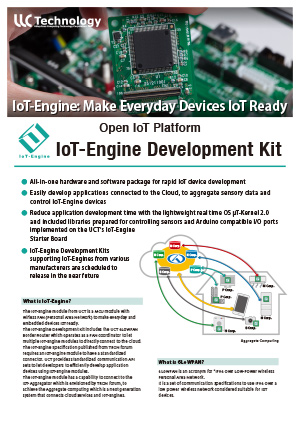The IoT-Engine Development Kit facilitates IoT application development
using an open IoT platform, “IoT-Engine.”
The IoT-Engine Development Kit is the platform that IoT-enables various devices. Each kit includes an IoT-Engine with a wireless network module that supports 6LoWPAN protocol stack.You can develop your application using CoAP.
About IoT-Engine Development Kit (including a wireless module)
- Provides an MCU module with a WPAN (Wireless Personal Area Network) that can be installed on devices and sensors to connect them to the cloud directly
- Uses a low power wireless protocol, IEEE802.15, and μT-Kernel 2.0 that enables the operation by battery and energy harvesting
- Includes 6LoWPAN that connects IPv6 Internet, and supports CoAP that is friendly to Web services
- Connects more than 50 IoT-Engine nodes wirelessly to a small size 6LoWPAN border router within 50 meters (this is the case of 920 MHz. The data is subject to change depending on the installation environment, communication frequency, and data size).
- Collaborates with many other nodes and services in the IoT-Aggregator framework
- Connects IoT-Engine and the cloud with secure communication path
Hardware Specification of IoT-Engine
- The size and position of board connectors and screw holes to attach the MPU board with wireless board are standardized.
- A wireless module can be installed on a small board that is connected to the MPU board or implemented inside MPU or placed on the MPU board directly.
- IEEE 802.15.4 wireless communication channels of sub-GHz UHF or 2.4 GHz band (conforming to 920 MHz ARIB STD-T108 in Japan)
- A 0.4 mm pitch 100-pin connector is mounted on the MPU board.
Software of IoT-Engine Development Kit (with a wireless module)
- IoT-Aggregator client libraries (the specification is under development)
- μT-Kernel 2.0 (μT2) as the standard operating system
- 6LoWPAN, developed for IPv6 communication over a WPAN, is used for the network layer.
- UDP or TCP protocol is used for the transport layer.
World’s First Commercialized IoT-Engine Development Kit Released by UCT
The kit includes hardware for 6LoWPAN development (IoT-Engine, wireless modules, etc.).
Find more about 6LoWPAN ➡
Product Lineup for Development Kits
-
TX03 M367 IoT-Engine Starter Kit
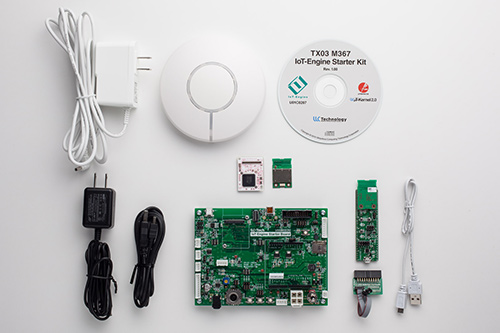
-
RX231 IoT-Engine Arduino Evaluation Kit
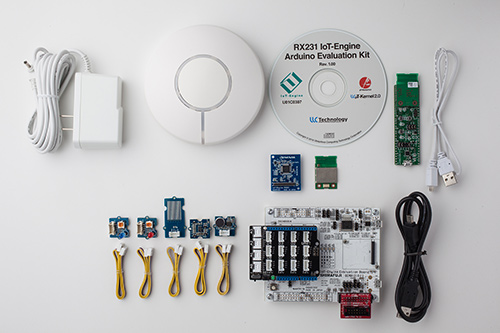
-
Nano120 IoT-Engine Starter Kit
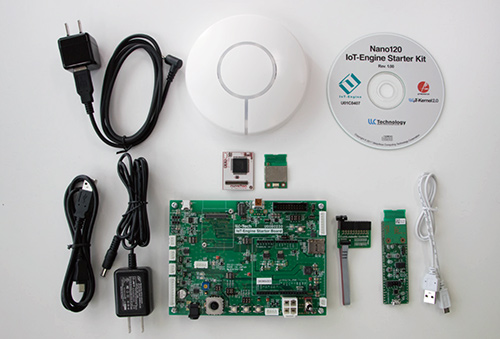
-
STM32L4 IoT-Engine Starter Kit
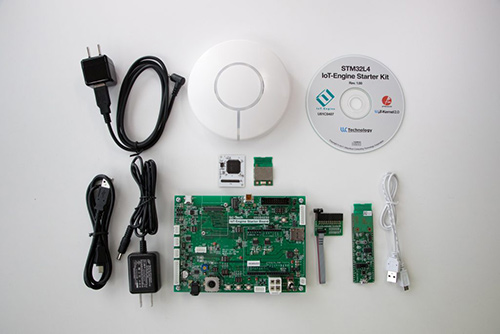
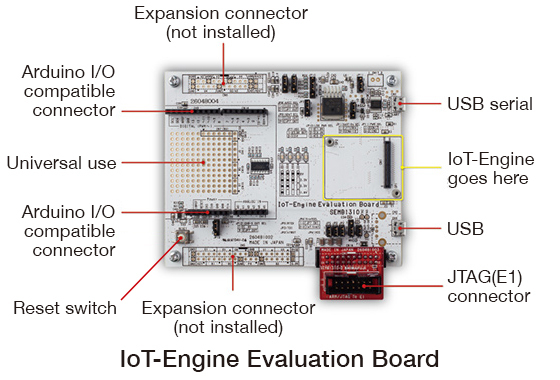
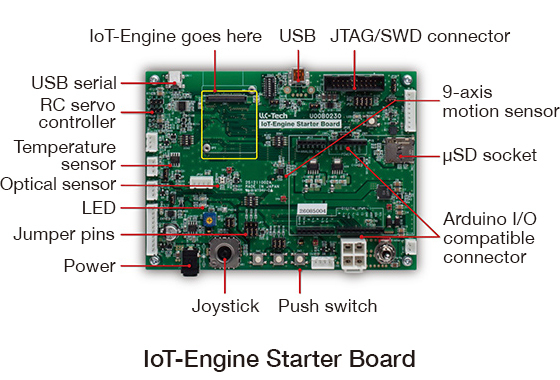
Product Information
| Development Kit | Hardware | Software |
|---|---|---|
|
TX03 M367 IoT-Engine Starter Kit Manual included |
|
|
|
RX231 IoT-Engine Arduino Evaluation Kit Manual included As for the development environment, please purchase Renesas Electronics CS+ and E2 emulator . |
|
|
|
Nano120 IoT-Engine Starter Kit Manual included |
|
|
|
STM32L4 IoT-Engine Starter Kit Manual included |
|
|
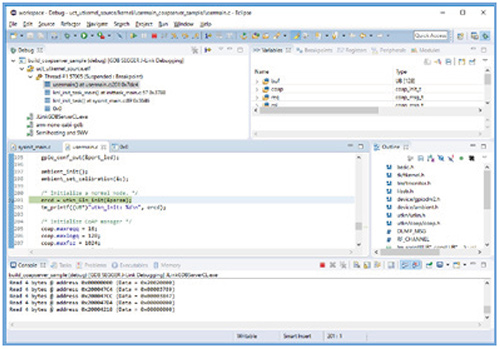
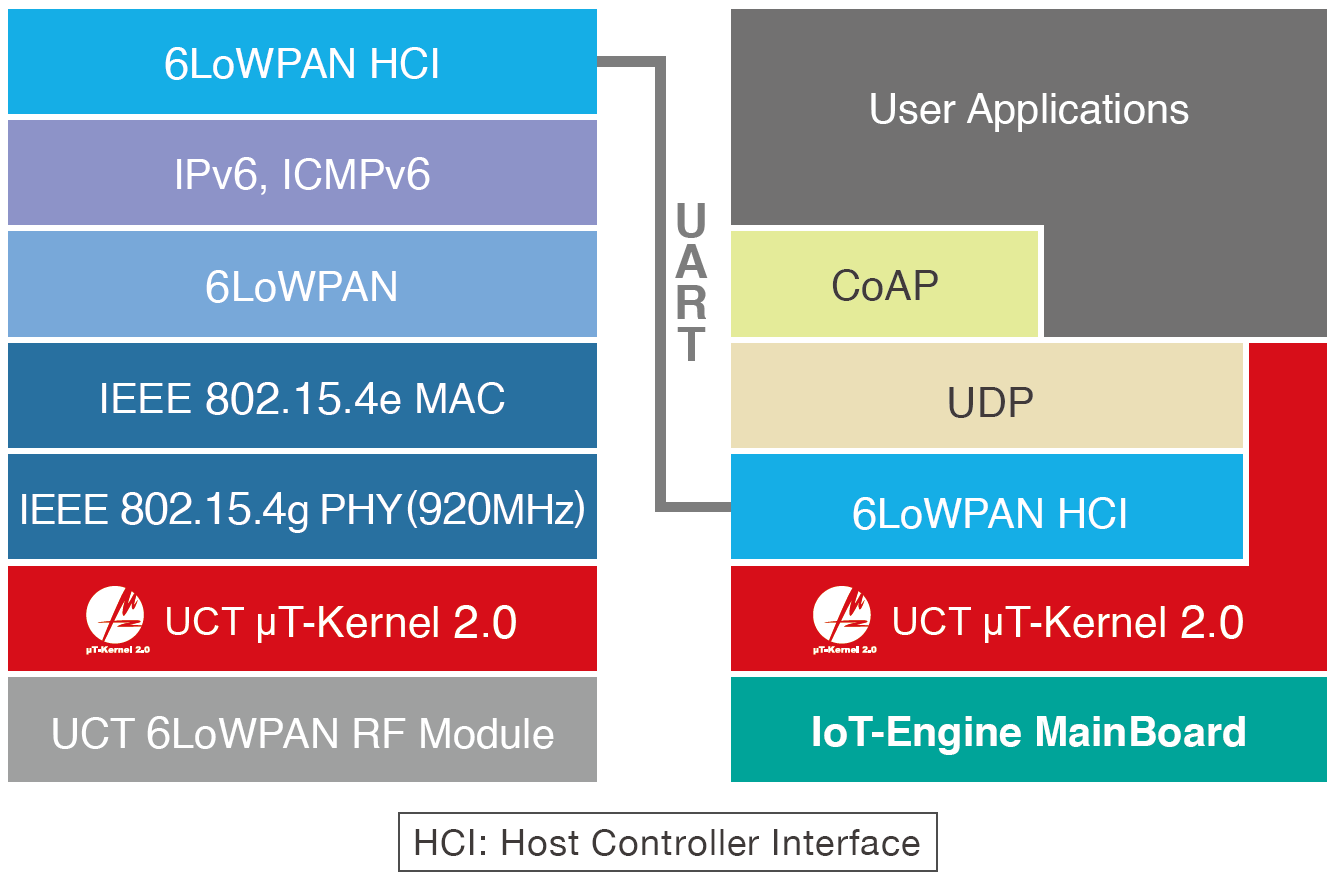
Case Study
Ryukoku University, Hase Laboratory
Professor Tomohiro Hase
Course of Intelligent Media Informatics, Faculty of Advanced Science and Technology, Ryukoku University
“In the laboratory, I would like students to enjoy their research as if it were an extension of their hobbies to master their specialized technologies. I would like them to be individuals who can be sensitive to the needs of various people while deepening and expanding their curiosity.”
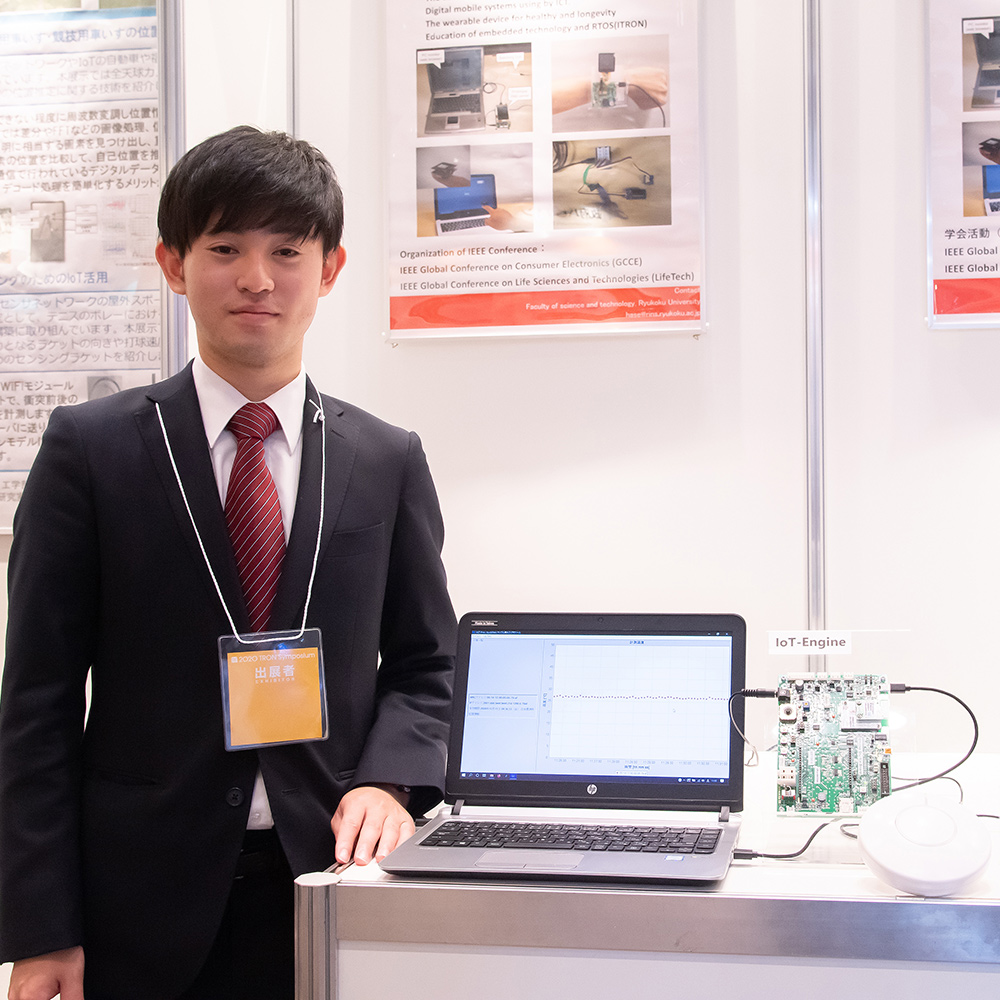
HASE laboratory, Ryukoku University joined “TRON Symposium 2020” held in December 2020, and they demonstrated projects employing TX03 M367 IoT-Engine Starter Kit.
“UCT IoT-Engine Development Kit includes various sensors and a 6LoWPAN border router. It is also extensible with Arduino interface, so I thought it would be a great introductory material for embedded systems. To be honest, I initially hesitated to purchase it, as the price was a little beyond the budget. However, I discovered it is well worth the price,” Professor Hase said.
At the exhibition, the laboratory exhibited and demonstrated a student project that measured room temperature with a temperature sensor and displayed the data on a computer screen.
We interviewed Yugo Nakamura, a master’s student who was demonstrating his project.
“I can research whatever I want to pursue as much as I can at the laboratory. IoT-Engine Development Kit helped me better able to create what I wanted. Based on the project introduced at this exhibition, I would like to demonstrate further what I can do and want to develop through working on embedded systems.”
“Technical support responded promptly to any unclear points and gave me detailed instructions until my issues were resolved. I easily understood the explanation of the sample. It would help me progress if there was guidance to develop a program that uses other sensors which are not included in the kit, along with actuators. Also, driver templates would be helpful. These are all helpful for beginners, too.”
“When going through my learning process using IoT-Engine Development Kit, I can acquire both the knowledge of software and hardware. In the future, I would also like to activate the learned experience in the job of embedded systems.”
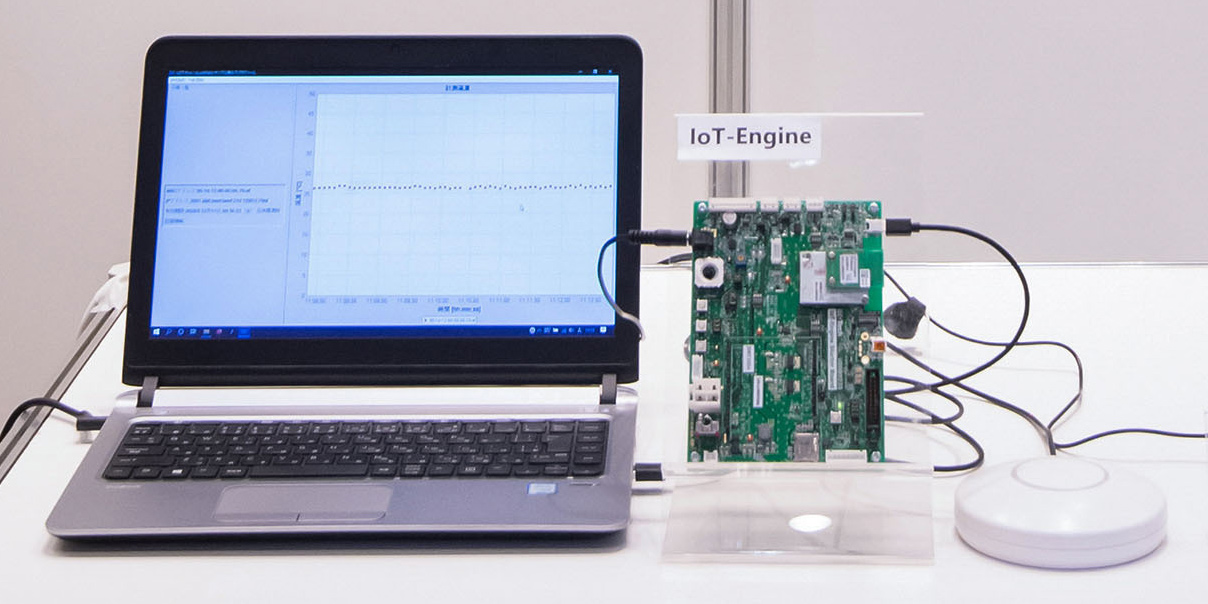
IoT-Engine Development Kit Catalog
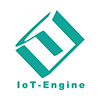
Contact us for further information.

